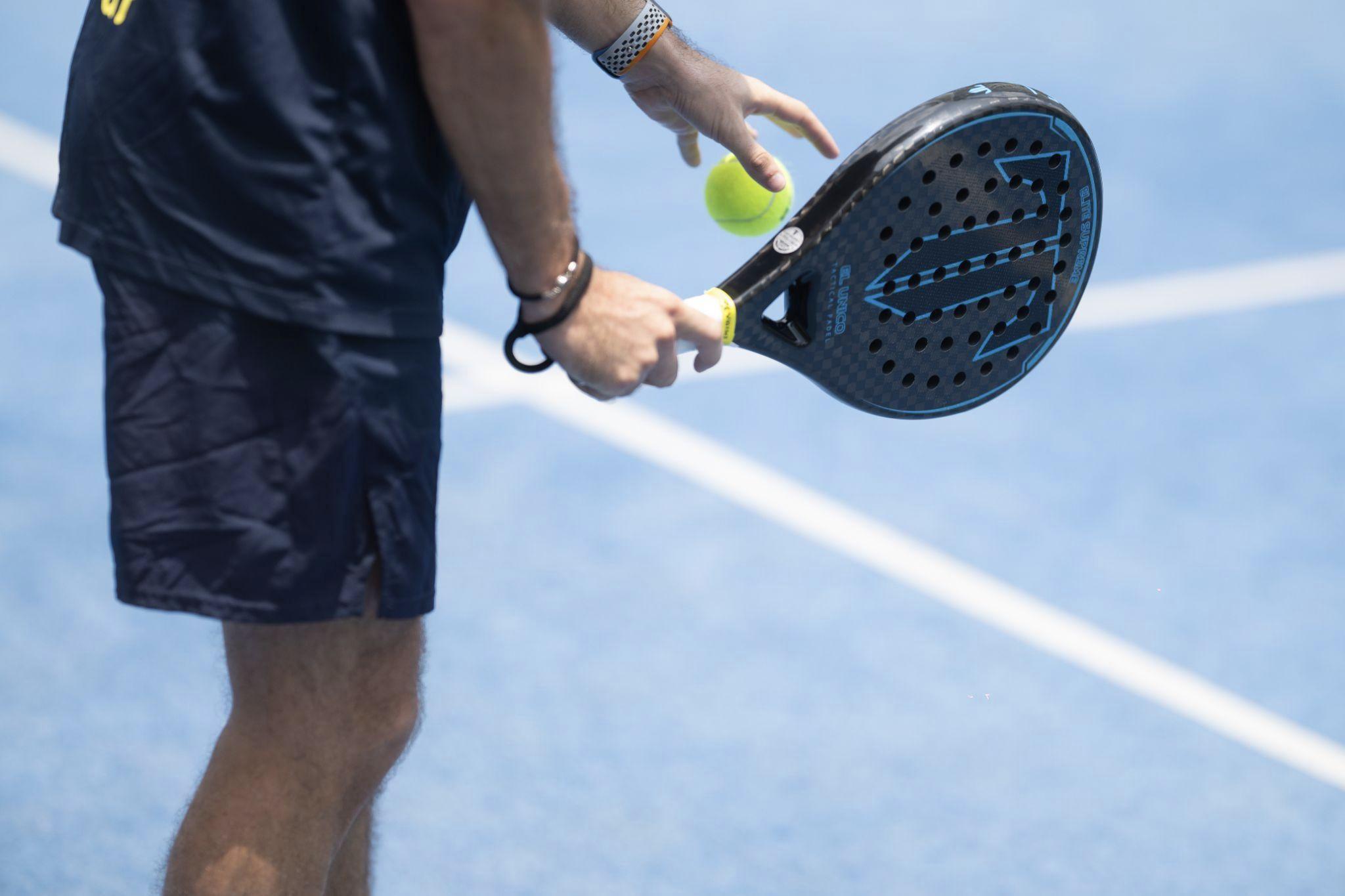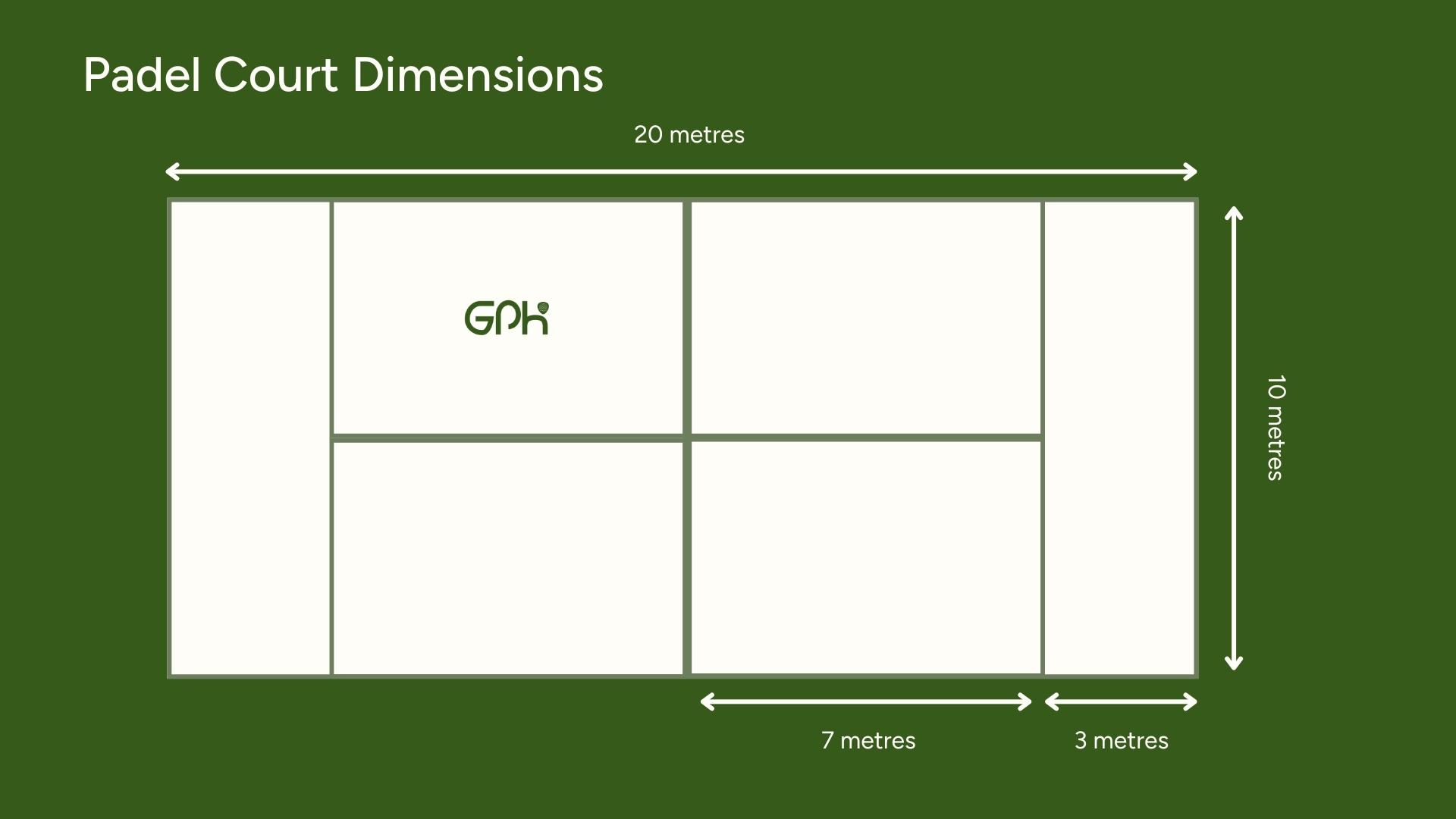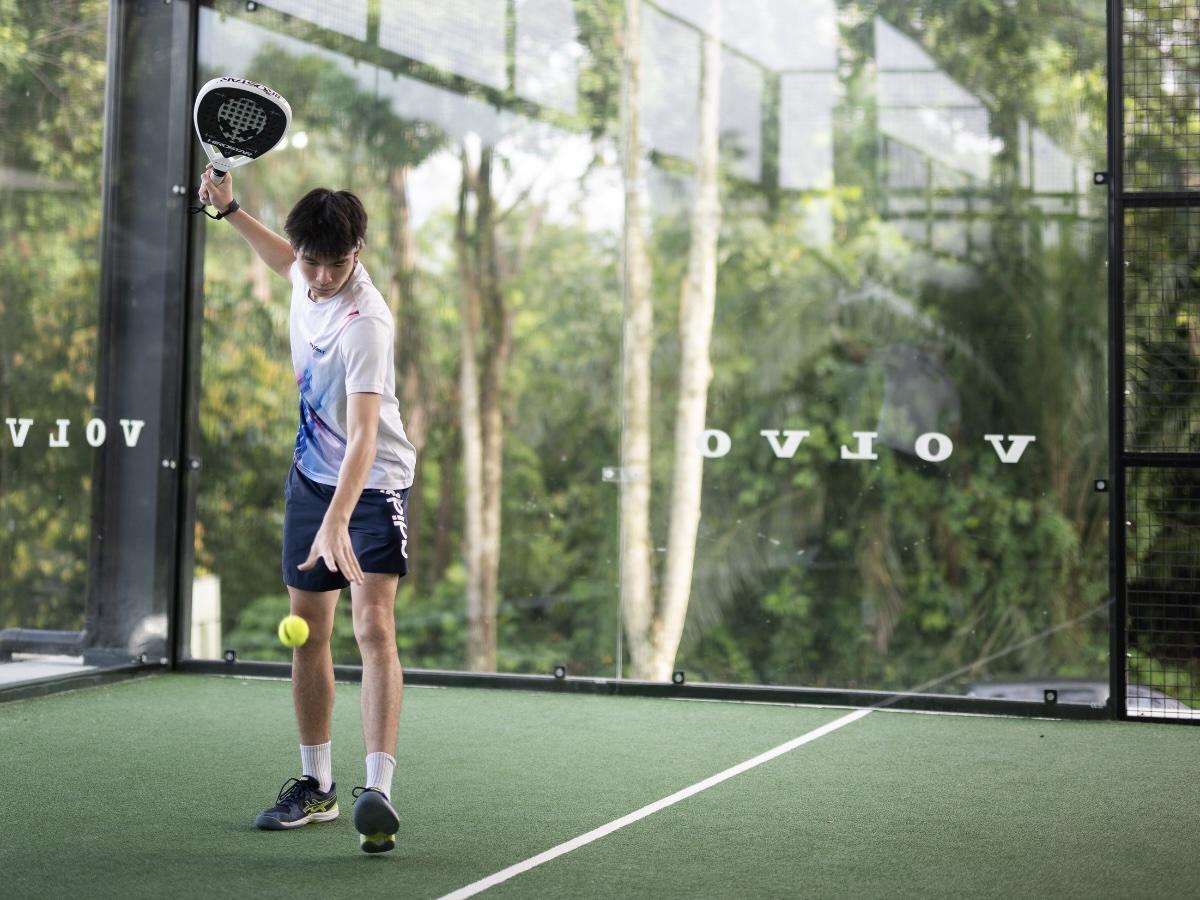Introduction
Padel is one of the fastest-growing sports in the world, capturing the attention of casual players and seasoned athletes alike. From Europe to South America and now across Asia, millions are stepping onto the court to experience its unique mix of strategy, speed, and social play.
Combining elements of tennis and squash, padel is played in doubles on a compact, enclosed court that encourages fast rallies and clever shot-making. It’s easy to learn, fun to play, and seriously addictive.
Whether you’re curious about the basic padel rules, how to serve, or what gear you’ll need, this beginner’s guide covers everything to get you started and ready to enjoy the game.
What is Padel and Why It’s Booming Worldwide
Padel originated in Acapulco, Mexico, in 1969, when businessman Enrique Corcuera and his wife Viviana created the game at their holiday home. What began as a simple pastime has since expanded to over 25 million players across more than 90 countries.
The sport gained significant momentum when Spanish entrepreneur Alfonso de Hohenlohe discovered it in 1974 and built the first padel courts at his Marbella Club in Spain.
Origins and brief history
The International Padel Federation (FIP) was formed in 1991, followed by the first World Championships in 1992. Initially called “Paddle,” the Spanish Sports Council officially recognised it as a sport in 1993 and changed the spelling to “padel” for pronunciation purposes. By 2000, padel had expanded throughout Spain with more than 500 clubs nationwide. The professional circuit began with the Padel Pro Tour in 2005, later renamed the World Padel Tour in 2013.
The appeal of padel for beginners
First-timers appreciate that padel focuses more on control and precision rather than power. Unlike tennis, powerful shots in padel often rebound off the glass, making them easier for opponents to return. Furthermore, the underarm serve requirement eliminates the technical difficulty many beginners face with tennis’s overhand serves.
The social aspect remains a key factor in padel’s popularity. As a primarily doubles game, players share court coverage responsibilities, creating a less intimidating experience for newcomers. It is not just play and go home, with many players staying on to unwind over food, drinks and conversation.
How padel differs from other racket sports
Although padel shares tennis’s scoring system, it features distinct equipment and gameplay elements. Players use solid padel rackets with perforations instead of strung rackets. These are smaller, with the sweet spot closer to the hand, providing greater control.
The most notable difference is the strategic use of walls. After the ball bounces on the court, players can either hit it directly or allow it to rebound off the walls before returning it. This creates longer rallies and adds a tactical dimension absent in other racket sports.
Padel employs slightly depressurised tennis balls that don’t bounce as high or move as fast. This slower pace, combined with the smaller court size, makes the game more about placement and strategy than raw athletic ability.
Essential Padel Equipment for First-Timers
When stepping onto a padel court for the first time, having the right equipment enhances both enjoyment and performance. Most venues offer rental options, however, players soon discover the benefits of owning their gear.
Choosing your first padel racket
The racket is your main tool in padel, but you will not know what suits you until you have played for a while. Specs like weight (aim for 340 to 370g to avoid elbow strain), shape (round for better control), and stiffness (softer for less vibration) are just a starting point.

Credit: @padelgrapher. Club: Vietpadel, Vietnam.
The best way to find the right racket? Hire from clubs and test different styles over a few weeks. It is the only way to figure out what feels right for your game, and something you simply cannot know before trying padel for yourself.
Appropriate footwear and clothing
Good shoes are a vital part of your padel equipment. Padel-specific shoes come with herringbone soles and deep zigzag patterns that grip sandy artificial grass courts well.
Your clothes need to let you move and feel comfortable. Pick breathable, moisture-wicking fabrics instead of cotton that soaks up sweat. Most men play in shorts and breathable shirts. Women usually pick dresses, shorts or skirts with tank tops or t-shirts. Padel’s dress code isn’t as strict as tennis, but wearing technical sportswear helps you play better.
What to bring to your first session
A few extra items can make your padel experience better. You’ll need a water bottle to stay hydrated during matches. A sports towel helps you deal with sweat during tough rallies. If you plan to play often, a padel bag or racket cover will protect your gear well.
Note that equipment is great, but your main goal as a beginner should be to enjoy the game and become skilled at the basics.
Understanding the Padel Court Layout
Learning the layout of a padel court helps you become skilled at this exciting sport. The enclosed design creates a unique playing style that blends strategy with skill.
Court dimensions and zones
A standard padel court has a rectangular playing area 20 metres in length and 10 metres in width. The compact space is smaller than a tennis court and promotes faster, more dynamic gameplay. A net divides the court across its width.

The court’s halves each have a service area that extends 7 metres from the net. A central service line splits this area into two equal service boxes. Court markings usually appear in colours that contrast with the playing surface.
The walls and their role in gameplay
Padel courts are fully enclosed, with back and side walls designed to keep the ball in play. The glass or solid surfaces behind players allow for defensive retrievals and force quick decision-making. Side walls, with their varied height sections, open up angles that demand spatial awareness and quick footwork.
Different wall materials impact play: glass courts offer truer bounces and faster tempo, while concrete can deaden shots and increase unpredictability. Mastering how the ball reacts off these surfaces is part of developing your padel instincts.
Service boxes and positioning basics
For serving, players must position themselves behind the service line, with both feet parallel to the net. The serve must be executed diagonally, with the ball bouncing once in the opponent’s service box. Service alternates between the right and left sides based on the score.

Credit: @padelgrapher. Club: Padelgrounds, Malaysia.
The first service comes from the right side. At even points (0-0, 30-30) or deuce, players serve from the right; for odd points (15-0, 15-30), service comes from the left. At 40-40, a “golden point” determines the game, with the receiving team choosing which side receives.
Padel Rules Explained for Beginners
Mastering the basic rules of padel is essential before stepping onto the court for your first match.
Scoring system basics
Padel adopts the same scoring system as tennis. Points progress as 15, 30, 40, and game. When both teams reach 40, it’s called “deuce.” Traditionally, a team must win two consecutive points from deuce to secure the game. Nevertheless, in many modern competitions, a “golden point” system resolves deuce situations with a single decisive point.
To win a set, a team needs six games with a minimum two-game advantage. If the score reaches 6-6, a tiebreak determines the set winner. Matches typically follow a best-of-three sets format, with the first team to win two sets claiming victory.
Padel serve rules and techniques
The serve in padel differs significantly from tennis. All serves must be executed underhand with the ball struck at or below waist level. The server must:
- Stand behind the service line with both feet on the ground
- Bounce the ball once before striking it
- Serve diagonally into the opponent’s service box
After bouncing in the correct service box, the ball may hit the side or back wall and remain in play. However, if it hits the wire fencing after the first bounce, it’s considered a fault. Players get two serve attempts, similar to tennis.
Using the walls strategically
At beginner level, walls can feel like a challenge, but learning to use them is key to elevating your game. Practice letting the ball bounce and rebound before returning it, especially off the back glass, to give yourself more time and create difficult angles for your opponents.
Watch how experienced players reset the point using walls defensively or attack with rebounds that force opponents out of position. With time, walls become less intimidating and more like a helpful third teammate.
Common rule violations to avoid
First-time players should be aware of several common rule violations:
- Touching the net with your body or racket during play
- Letting the ball bounce twice on your side
- Hitting the ball into the wire mesh before it crosses to the opponent’s side
- Striking the ball twice consecutively
- Having both players from the same team hit the ball consecutively
Understanding these fundamental rules provides the foundation for an enjoyable padel experience while preventing unnecessary points lost through technical violations.
Conclusion
Padel stands out as an accessible and engaging sport that blends the best of tennis and squash while offering its own strategic flair. Its enclosed court design, wall play, and underhand serve create a fresh, exciting experience that appeals to players of all ages and abilities.
For beginners, understanding the basic rules, court layout, and essential gear is the first step to enjoying the game. From its social doubles format to its tactical depth, padel offers something for everyone, whether you’re looking for casual fun or a serious new passion.
As padel continues to grow around the world, having the right guidance and access to clubs, coaches, and educational resources can make all the difference. Global Padel Hub is your go-to platform for discovering clubs, booking courts, and planning padel holidays across top destinations. Whether you’re just starting out or looking to level up, visit Global Padel Hub to connect with the global community and make the most of your padel journey.
